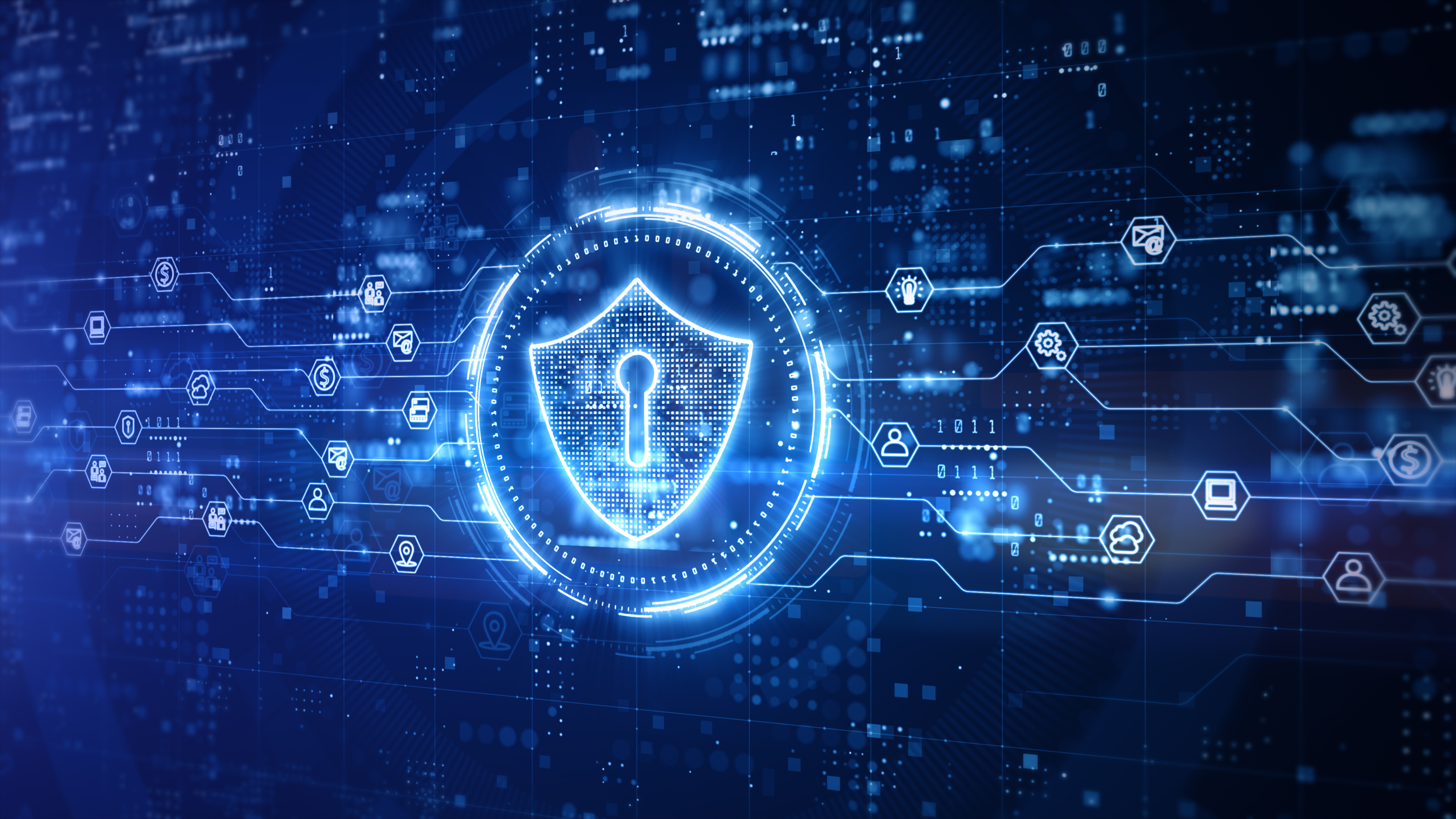A Invisible Battle: Comprehending Digital Security in the Modern Era
A Invisible Battle: Comprehending Digital Security in the Modern Era
Blog Article

In interconnected world, the virtual landscape is constantly evolving, bringing with it both opportunities and challenges. As our trust on technology grows, so does the risk posed by harmful entities lurking in the shadows of cyberspace. Cybersecurity has emerged as a crucial concern for people, companies, and authorities alike, as it plays a vital role in protecting critical information and maintaining confidence in our technological systems.
The invisible war of cybersecurity is fought on numerous fronts, where hackers and cybercriminals seek to take advantage of vulnerabilities for their gain. Whether it’s through data theft, hostage software attacks, or phishing schemes, the perils are tangible and constant. Understanding the intricacies of cybersecurity is crucial not only for IT professionals but for everyone navigating the age of technology. As we explore this topic, we will reveal the various aspects of cybersecurity that shape our modern lives, emphasizing the importance of alertness and preventative measures in an increasingly complicated digital environment.
This Terrain of Cyber Threats
In the modern era, the environment of digital dangers is continuously evolving, presenting considerable risks to individuals, companies, and authorities alike. Hackers are becoming increasingly advanced, leveraging advanced methods and technologies to exploit weaknesses in systems and networks. Phishing attacks, ransomware, and Distributed Denial of Service (DDoS) actions are just several instances of the strategies used to gain unauthorized access, extract sensitive data, or interrupt operations.
The expansion of smart devices also contributes to the complexity of cybersecurity challenges. Connected devices, while improving usability and productivity, often have insufficient security measures that can be readily exploited. As these devices become ubiquitous, they create further entry points for attackers. Moreover, the growth of cloud services has led to greater dependence on external providers, which can present further vulnerabilities if not effectively handled.
State-sponsored attackers present another layer of digital risks, often involved in spying, disruption, or cyber warfare. These entities are armed with considerable resources and skills, making their assaults more harmful and difficult to attribute. The consequences of such threats extend over the direct effect on targeted systems, as they can jeopardize national security and unbalance financial systems. Grasping this framework is essential for developing effective security plans and defenses.
Get More Information
Strategies for Enhanced Cyber Defense
To strengthen cybersecurity, businesses must adopt a multi-layered approach that integrates both technological elements and the human element. One key strategy is the implementation of cutting-edge endpoint protection solutions. These tools merely detect malware but also leverage machine learning to predict and halt potential threats before they surface. By establishing a robust security perimeter, businesses can significantly reduce the risk of data leaks caused by malware breaching their systems.
A further crucial component of an effective cybersecurity strategy is ongoing employee education and awareness programs. Cybersecurity is often jeopardized through human error, such as falling victim to phishing attacks. By consistently educating employees about the most current security threats and best practices, companies can cultivate a culture of alertness. This continuous training should focus on spotting suspicious communications and the criticality of reporting possible security incidents promptly.
In conclusion, having a comprehensive incident response plan is crucial for any company. Even with the best preventive measures, breaches can still happen, making it imperative to have a well-defined and organized response process in place. This plan should specify the steps to be taken in the event of a cyber incident, including immediate containment, removal of the threat, and restoration procedures. Consistently testing and updating this plan ensures that companies can swiftly handle the complexities of a cyber attack, thereby minimizing damages and reviving normal operations efficiently.
The Future of Cybersecurity
Looking forward, the landscape of cybersecurity is foreseen to change significantly. The rising reliance on digital technologies will create novel vulnerabilities, making it vital for organizations to keep up with potential threats. Innovations in ML may help identify and react to cyber threats with greater efficiency, providing security teams with cutting-edge tools to combat complex attacks. However, as cybercriminals also leverage these technologies, the arms race between attackers and defenders will intensify, requiring ongoing vigilance and adaptation.
Furthermore, the rise of the Internet of Things is prepared to generate a plethora of varied entry points for cyber threats. As ordinary devices become connected, the need for solid security measures will be paramount. Organizations will need to implement strict security protocols and verify that all devices in their networks are safeguarded against potential breaches. This forward-thinking approach will merely defend sensitive data but also boost overall trust among consumers who are progressively worried about their privacy and security in the digital age.
Ultimately, the importance of cybersecurity awareness and education cannot be overstated. As cyber threats grow in sophistication, cultivating a security-focused culture within organizations will be crucial. Employees must be prepared to recognize potential threats and practice security best practices. This individual aspect will persist as a key component in defending against cyber threats, as even the most sophisticated technologies can be affected by human error. Therefore, committing in education and awareness programs will be critical in shaping a defended future for organizations and society as a whole.
Report this page